Silent Trees tells the compelling story of Runa, a 16-year-old Kurdish refugee struggling to hold her family together after tragedy strikes in their journey to escape war and seek asylum. Director Agnieszka Zwiefka follows Runa and her loved ones with great empathy as they adjust to life in a Polish refugee camp, navigating grief, isolation, and an uncertain future.
We meet Runa and her family after they emerge from harrowing experiences crossing the Belarus-Poland border on foot through freezing forests. Tragically, Runa’s mother did not survive the trek, leaving a void that challenges each family member in their own way. Runa especially feels the weight of responsibility, stepping into the maternal role for her grieving father and brothers who are still coping with trauma. Zwiefka never sensationalizes their hardships but allows us to observe Runa’s quiet strength and resilience up close through sparing yet poignant scenes.
Amidst the difficulties of learning new languages and cultures, navigating bureaucracy, and facing prejudice, Runa remains determined to forge ahead. She supports her siblings’ education and keeps their hopes of stability in Poland alive. In tracing Runa’s coming-of-age in such circumstances, Silent Trees finds profound humanity. It highlights refugee voices, often reduced to statistics or political talking points. By prioritizing empathy over easy answers, Zwiefka’s film becomes a moving portrait of dignity, community, and hope against all odds.
Faces of Courage
At the center of Silent Trees is 16-year-old Runa and her family’s journey. We meet Runa, her father Baravan, and her four younger brothers—Ghareeb, Mateen, Mizgeen, and Ayham—after their harrowing trek through the frozen Belarusian forest in search of asylum. The film doesn’t shy away from showing us just how much this ordeal has taken its toll.
Runa’s mother tragically didn’t survive the crossing, leaving an unfillable void. As her grieving father struggles to find stability and work in their new surroundings, Runa is forced to step up beyond her years. She translates at meetings, makes meals, and comforts her brothers, dealing with the trauma in their own ways. Whether calming down the angry outbursts of her brothers or having serious talks with her dad, she carries the weight of responsibility on her slim shoulders.
Zwiefka’s gentle, observant camera follows the family as they try to build some semblance of normalcy in the refugee camp. We see the boredom and confinement start to grate on the children, and we witness Runa’s determination to support their education despite the challenges. Whether cheering on plays or reprimanding fights, she gives it her all to hold her family together and nurture flickers of hope and joy amidst the difficulties.
As the family waits endlessly for updates on asylum applications, encounters new cultures and languages, and faces an uncertain future, their strength and love for each other remain unbroken. Through it all, Runa’s quiet courage, compassion, and leadership anchor our view into their world—a moving portrait of resilience in the face of immense hardship.
Expressing Emotion Through Art
Director Agnieszka Zwiefka brings Runa’s journey to life in uniquely moving ways. Her camera remains a gentle yet piercing observer—never intrusive, but always able to find tenderness even in the family’s darkest moments. Whether capturing Runa teaching her siblings in the camp or having quiet talks with her grieving father, there’s a sense of calm care in how these scenes are framed.
Through cinematographer Kacper Czubak’s skillful work, we also see how Runa and her family experience the world. Phone screens that light up tender conversations also remind us how screens connect them to home and spread news and propaganda. These small windows take on outsized importance, being lifelines in their world.
But where the camera cannot go, the animation steps in. Here we find the audience Runa seeks through her drawings—her thoughts and fears take abstract forms. These haunting sequences transport us right alongside Runa into her darkest moments. The silent forest seems to whisper anxieties as luminous and ghostly as her own.
It’s a testament to Zwiefka and the animators’ art that animation feels less like a supplement than an extension of Runa herself. Through her drawings, she makes sense of a reality intent on rejecting her. In these luminous sequences, we feel her hopes and loneliness come alive through color and line. Her inner life, so quiet and controlled on the surface, blooms in vivid and emotional ways.
Silent Trees reminds us that even in the darkest of times, art allows expression that transcends all boundaries. Just as Runa finds solace in creating, so does this moving film succeed in giving a voice and vision to lives that risk fading into cold statistics.
Facing Adversity with Courage and Hope
Silent Trees delves into profound themes of identity, purpose, and what it means to find home. At the story’s heart is Runa, forced to take on responsibilities beyond her years as her family searches for stability in a new land.
Runa’s journey is one of resilience in the face of immense challenges. Though a girl wants the simple joys of friendship and education, life demands she act with poise and defend those who rely on her. Zwiefka captures Runa shouldering this weight with steady grace. Despite all she endures, Runa retains a flame of optimism that inspires.
A political backdrop simmers, yet this film centers on humanity. We see past slogans for individuals deserving compassion—a father striving to provide, brothers longing just to feel safe and secure. Displacement shakes one’s foundation, but through caring for one another, this family’s bond remains unbroken.
Identity and place are stripped away, then slowly regained through community. Runa discovers her voice and role while helping others find theirs too. Her sketchbook becomes a place to process emotions and suggest how artistic expression can nurture the soul.
Silent trees illuminate shared hopes we too often forget—to live freely and pursue dreams. Amid crises that erase people as statistics, it puts faces on those most affected and honors the resilience of the human spirit. Most powerfully, it reminds us that even in our darkest hours, we all seek the same things: shelter, purpose, and enduring love from those around us.
Embodying Empathy Through Everyday Trials
At Silent Trees’ heart is Runa, brought to life in a deeply moving performance. Faced with responsibilities beyond her years, we feel her strive to stay strong, and in quiet moments, she glimpses burdens no girl should bear.
Yet this young actress captures resilience intertwined with vulnerability. When comforting grieving brothers or debating their future, her love and leadership shine through. We see the fierce protection siblings grant each other during tough times, forming bonds to endure any storm.
Nuanced, too, is Runa’s relationship with her father. From cooking together in companionable silence to opening his eyes in a country rejecting what he knows, subtle shifts say volumes about their bond strengthening through shared hardship. Her growing comprehension of his plight, as reminded of children who should be playing, not parenting, makes each small triumph resonate.
Dialogue is sparse, yet communication remains evident. Through gestures as much as words, we grasp family dynamics shifting to survive yet maintain care and optimism against long odds. Interactions feel authentic, and we root for each character to step bravely into an uncertain future as one.
That Runa and her family feel so fully realized, despite realities never explicitly stated, is a testament to Zwiefka’s storytelling and these performers embracing complex emotions with understated grace. Their humanity comes alive on screen, empowering viewers through compassion to push for change.
Capturing the Calm Within Chaos
Sound serves as another subtle yet powerful tool in Silent Tree’s hands. A score by Sławek Wierzcholski wraps viewers in a dreamlike gauze, ethereal yet grounded. Melodies swell during animation to evoke Runa’s inner world, yet they bleed into reality seamlessly.
Though grounded firmly in Runa’s perspective, diegetic sound also sneaks into crucial context. Ambient noises of her family and a bustling shelter feel warming, a refuge from troubles if only fleeting. But news snippets from omnipresent screens jolt us back to hardships larger than one girl. Words declare new threats to a people already shattered, deepening our understanding of the weight on young shoulders.
Even cell phones, gates to loved ones, and a world that simultaneously embraces yet rejects take on layered purposes. Through their screens, we peer inside a car, where palliative tones can’t mute a father’s private anguish. This contrast, quiet sorrow within confining walls against a score soothing frayed nerves, highlights emotional complexities amid precarious conditions.
Sound, like Runa’s sketches, seeps between spaces. It bridges what a camera cannot and amplifies tears left unseen and fears still trapped within haunted forests. All build a sensory portrait deeper than any image alone, amplifying empathy for those seeking peace within chaos that is all too common yet intensely personal for many beyond our own shores.
Through Runa’s Resilient Eyes
“Silent Trees” brings a face and heart to immense issues, showing beauty that persists despite life’s harshest blows. Zwiefka’s masterful direction makes us feel like Runa’s every hope, fear, and lesson is her own. She guides us through trauma that shatters even the strongest into pieces, yet reveals how families and faith in each other can glue them back together.
Runa’s persistent climb from fragments of himself reminds us what survivors of all kinds face each day—and how even the darkest nights give way to dawn, however faint at first. Her compassion reignites our own, where until now we’d only heard statistics. By witnessing strength and humanity in those relegated to the margins, we find our shared destiny is not bound by borders or birthplace.
This film impacts us in the simplest yet deepest ways, challenging preconceptions while soothing our common wounds. Zwiefka forgoes speeches for silence—the kind demanding we fill it with open eyes and ears and hearts willing to understand what’s shown cannot fully be told. Her gift is ensuring that no one will see refugees and migrants as abstractions but as people deserving safety, dignity, and joy like our own families.
When we leave the theater, may Runa’s resilience echo and spread outward, converting apathy into care and isolation into allyship for all seeking what was once ours by birth. Hers is a story showing hope that transcends headlines, one guiding our hands to build a more compassionate world where no border or forest need claim another life fleeing violence or loss. This is advocacy done at its finest: driving necessary changes by revealing our shared humanity.
The Review
Silent Trees
Silent Trees tells a profound story with subtlety and compassion. Director Agnieszka Zwiefka brings urgently needed empathy and depth to issues impacting millions globally. Her blending of documentary and animation adeptly conveys both political realities and intimate human resilience. This understated yet resonant film will linger with viewers long after the credits roll.
PROS
- a sensitive and nuanced portrayal of refugees' humanity and struggles
- Blends documentary and animation styles seamlessly
- Subtle direction elicits empathy without overt manipulation
- Reveals complex political issues through a personal, relatable story
- Manages to include lighthearted moments amid heavy subject matter
CONS
- Could expand more on Kurdish culture and geopolitical context
- Some may find animation sequences heavy-handed at certain points
- A non-linear narrative may frustrate those wanting a straightforward plot
- Downplays the role of governments exploiting migrants for political gain































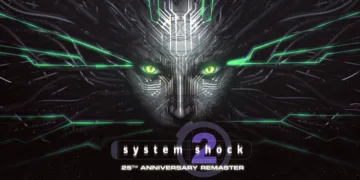
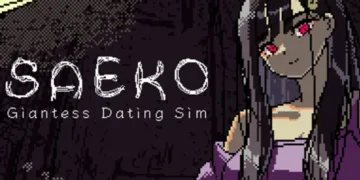









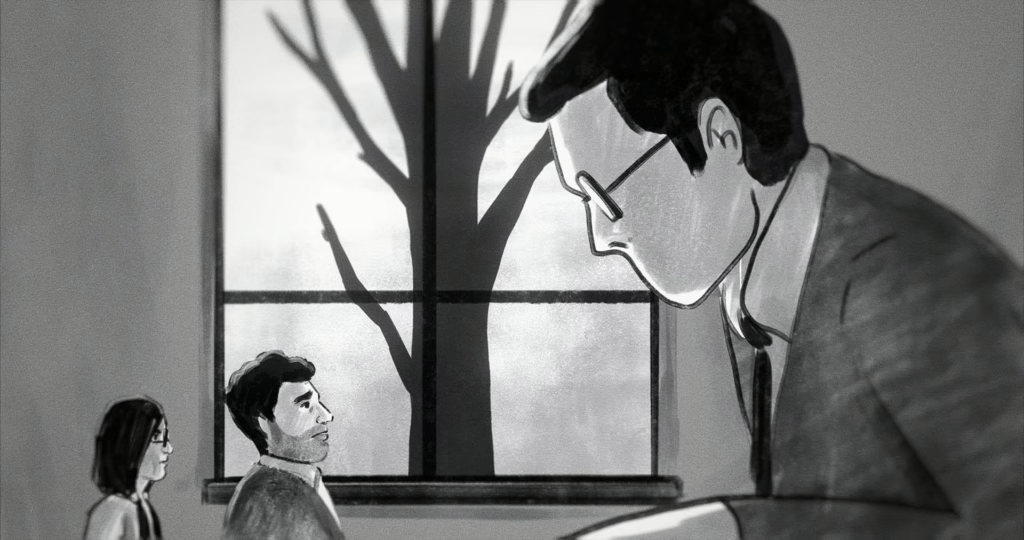
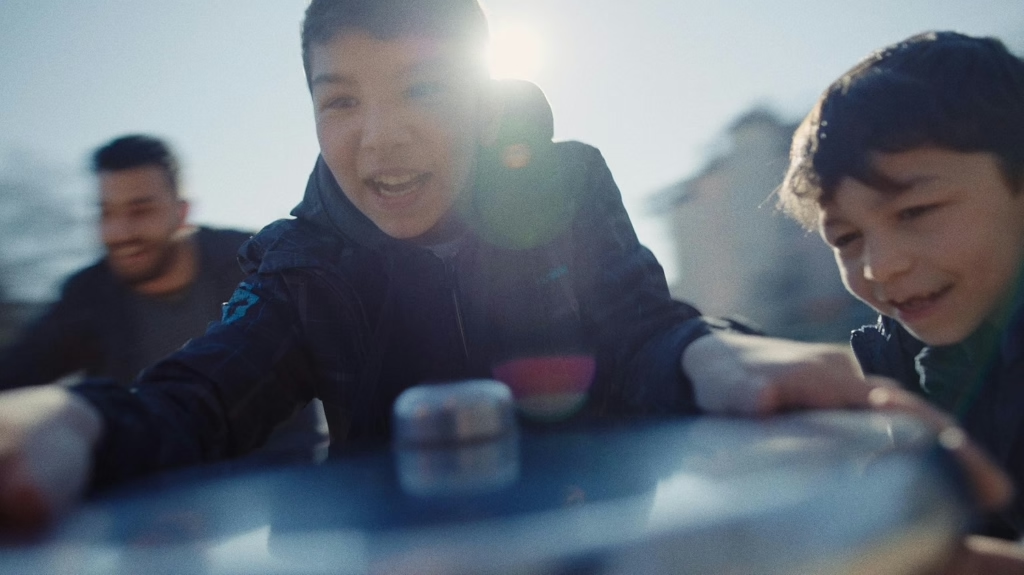
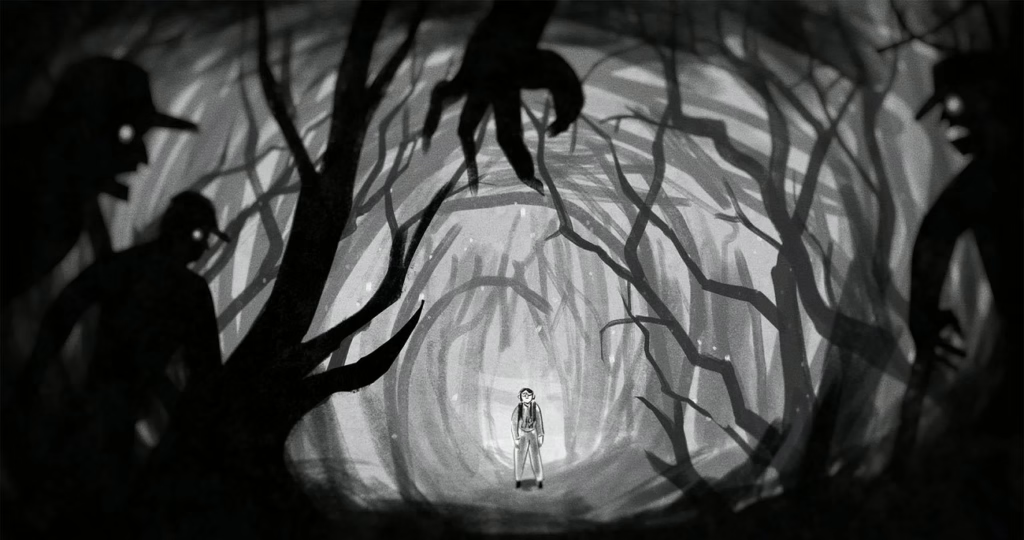
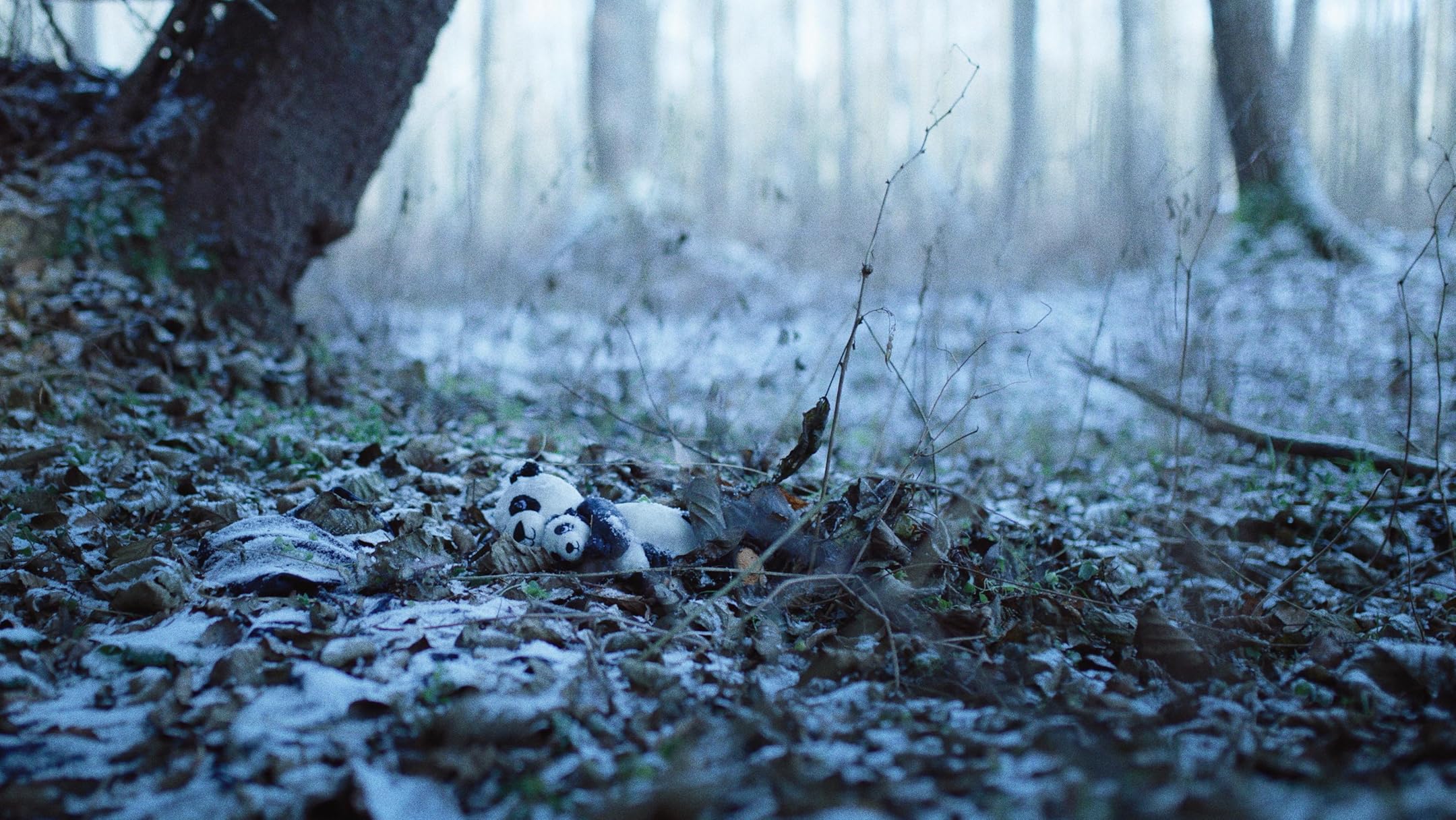








Discussion about this post